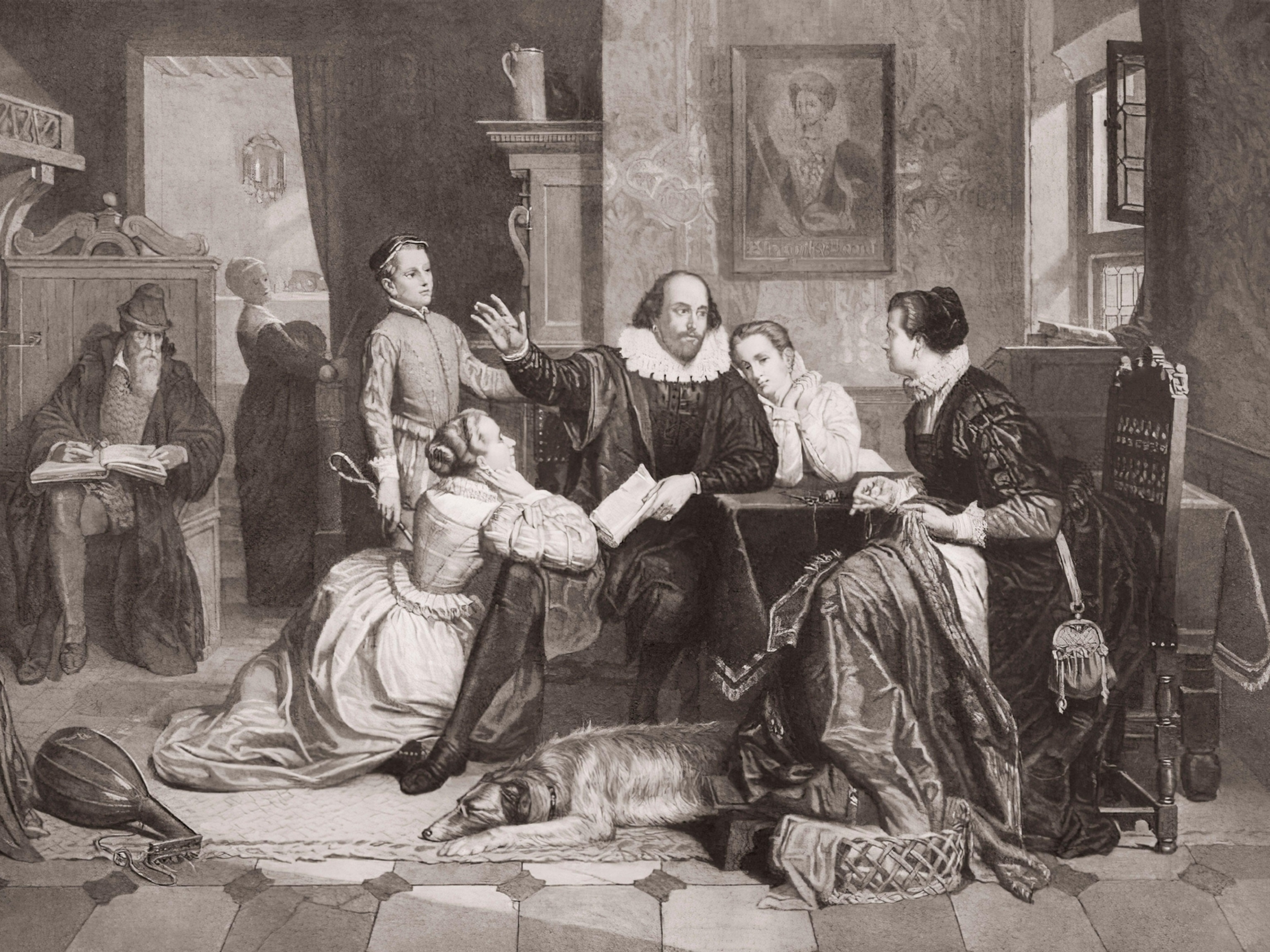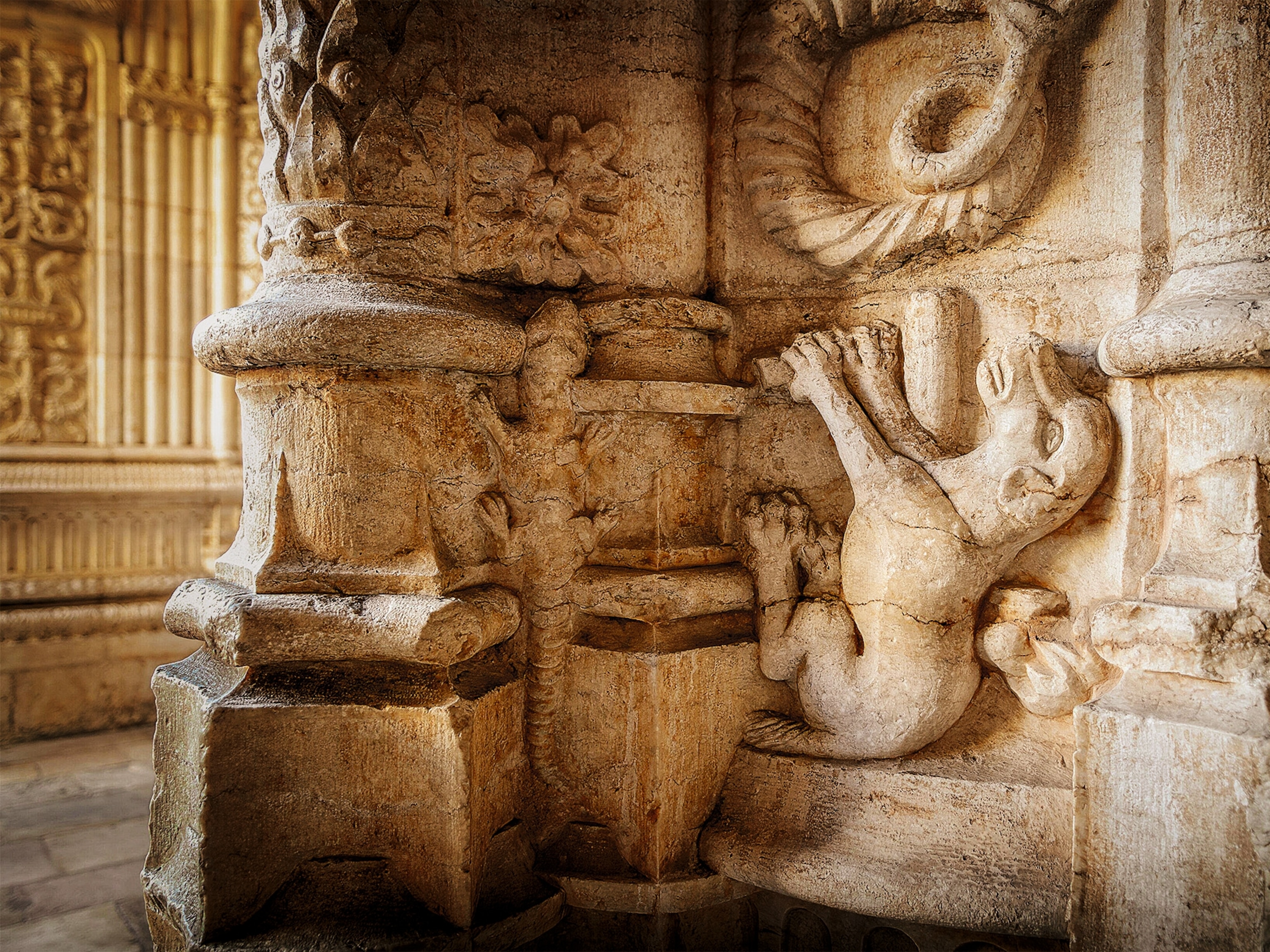Making Ethical Art From Dead Animals
Roadkill artist Kimberly Witham loves animals—and the things she makes with them.
Kimberly Witham’s roadkill art isn’t like the traditional stuffed animal trophies the word “taxidermy” usually implies. Rather than killing animals just to hang their heads on her wall, Witham recovers the roadside remains of already-dead critters, creates a portrait or sculpture, then buries the remains. The photos she takes—shown in the video above—look so quaint that you might not even realize that those peaceful-looking animals in the center are dead.
(Everything You Were Afraid to Ask About Roadkill)
Whimsical animal art isn’t new. The Victorian-era taxidermist Walter Potter created dioramas of kittens at a wedding and rabbits at school, recently highlighted in the book Walter Potter’s Curious World of Taxidermy. He was also interested in what some people today call “rogue taxidermy,” in which artists create animals that aren’t found in the natural world (like jackalopes). At Potter’s taxidermy museum in Bramber, Sussex, visitors could see kittens and lambs with added legs and heads.
One of the differences between Victorian and contemporary taxidermy is the concern with animal welfare. Although Witham is a fan of Potter’s work, she writes that she “would rather not ponder where one would obtain such a vast number of dead kittens.” Many contemporary taxidermists want to make sure that the animals they work with didn’t die for the sake of art. Witham does this by only using specimens that she finds outside, but there are many other ways to find ethically-sourced dead animals.
“Absolutely nothing I have ever done was killed for the sake of taxidermy,” says artist Amber Maykut, who teaches taxidermy classes at the Morbid Anatomy Museum in Brooklyn. “A lot of the small-scale stuff that I use are feeder animals. I buy them already deceased and frozen, and they’re meant to be fed to your pet snake or lizard … So usually what I do is I skin the animals and I take the fur, and then I give the carcass to my friends who have pet snakes or large animals.”
“You can get rabbits and quail and duck and all kinds of animals as butcher remains,” she continues. She also gets scraps “from the fashion/garment industry that [are] not good enough to sell to Burberry to be a fur collar or something like that.”
Using raw materials that would otherwise go unused isn’t just ethical, practical, and DIY. Witham also thinks that there’s a spiritual component to what she is doing with these remains.
“I feel like in some way, I am taking these animals and moving them from a spot where they’ve unfortunately been killed—they’re not gonna keep getting run over by a car—and I try ultimately to give them a respectful end,” she says. “So I might immortalize them in a photograph or perhaps their skin in taxidermy, but then I bury them in the woods. And I like to think that that’s a better end for them.”
Follow Becky Little on Twitter.





